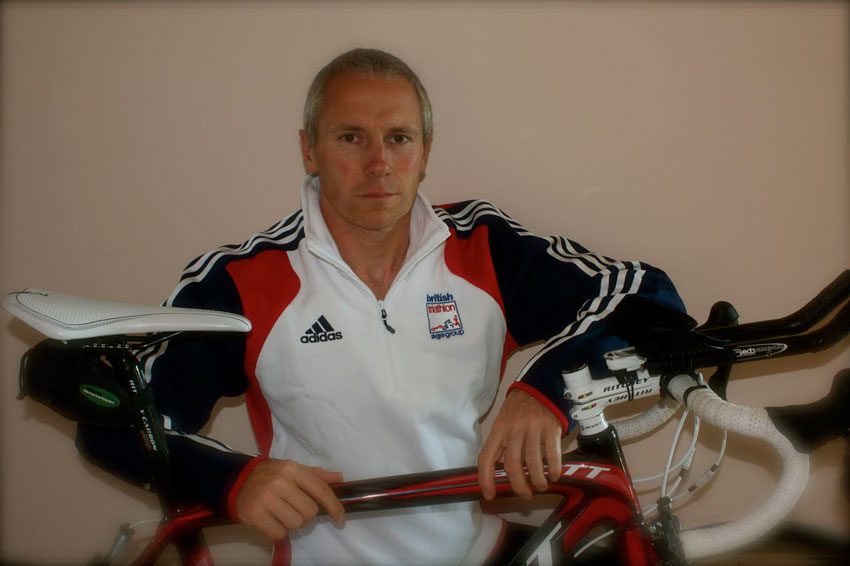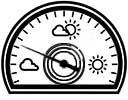The Keys to Triathlon Training Consistency
I’ve had a fairly good year this as far as triathlons go. I’ll write a full annual summary soon, but I became European Champion in my Age-Group in June and then made the top ten in the world in my age-group at the London World Championships in September. So, I’d consider that fairly successful.
There are obviously lots of factors that go into this success and it doesn’t come easy. Just some of the things involved are:
- Lots of swim training,
- Lots of biking,
- Lots of running,
- A good periodised training plan so that I peak at the right time,
- Decent nutrition,
- Strength training,
- Some cross training,
- A good support network from family and friends,
- Sensible kit choices,
- Quality rest,
- Planning,
- Execution on Race Day.
Triathlon Training Consistency
There are lots of other things too from time management in order to fit it all in to scrimping and saving in order to afford it all. Probably the biggest factor in my success this year though has been triathlon training consistency. Being able to train without any breaks due to injury or illness really makes a difference. It doesn’t mean that there has been consistent improvement throughout the year though. My periodised training plan has periods of less intense training and a fair amount of downtime after races, but managing to stay healthy and injury free has meant that there has always been a good base to build on when it comes time to ramp things up ready for a race.
This triathlon training consistency hasn’t come about by chance and I think there are various protocols that I have added to my daily routine over the last year or two that have helped. These include:
- Changes to my diet,
- A few well chosen supplements,
- A strength and conditioning program specifically targeting injury prevention,
- Regularly changing my running shoes,
- A stretching and foam rolling routine.
Over the coming weeks I shall write blog posts on a number of these outlining exactly what I have done and how it has helped. It’s hard to identify any one thing that has really made a difference, it is likely that it is a combination of all of the above. For me though consistency really does seem to be the key. Thankfully most of these changes are relatively easy to implement and don’t cost too much in terms of time, energy or finances.
Changing my diet may actually have saved some money and the only downside is missing out on the treats. The supplements and changing of my running shoes do cost money, but they take very little if any investment in time and energy.
The strength training, stretching and foam rolling routine cost a little financially at first and are quite time consuming. There are times when it feels as though a hard interval session would be more beneficial than an hour of stretching and foam rolling, but I’m beginning to think that this is rarely true. The ‘No pain, No gain’ mentality is a hard one to shift and I’m as guilty as anyone of wanting to go hard now and then. The secret however is to train hard at appropriate times when your body is ready to makes the gains and to recover well from such pain. Trying to do too much is always going to lead to disaster.
Fitting in an extra hard training session here and there won’t make much difference in the long run, nor will missing the odd training session. Not doing strength training or stretching and foam rolling on the other hand can potentially lead to injuries and niggles whilst training which can end up manifesting themselves as longer periods of missed training. Time invested in maintaining good flexibility, good strength and good form will lead to better consistency and quality in your training and ultimately a better performance.
It may not be as glamorous as a hard hill reps session and it may not get you so much kudos as banging out a Strava KOM but time invested in these maintenance protocols does seem to improve performance when it matters. So, plan some stretching, foam rolling and strength work into your training program, even if it means missing out on one or two hard training sessions and reap the benefits.
4 Responses
Leave a Reply
Sponsors.
If you would like to sponsor me and get some positive exposure for your business at the same time, please get in touch or use the donate button below. I'll do my best to make it worth your while.I'm currently racing for Scimitar Sports Racing Team and Beet-it Sport
















I’m sure you are right Al, however for me a good
book and some chocolate sounds soooo much better,
although not so healthy!!
Hi Alan
Just wanted to say that I really enjoy your blog and congratulations on your top 10 at the worlds and European age-group win. I’m pretty new to Triathlon (into my second winter training) so find all the training and kit stuff informative (i’m interested to see what supplements you recommend) but also enjoy the blog as a whole which does inspire me to be more active with the kids as well.
Keep up the good work! 🙂
Stuart
Hi Stuart,
Glad to see you enjoy my blog – It’s always nice to heard from some people who read this as I’m never quite sure who all the visits to the site come from.
I’ve now written a post about the supplements I take – Note however that these aren’t the supplement I recommend as you have eluded to – I’m not recommending anything, just telling you what I do! 🙂
https://www.alananna.co.uk/blog/2013/supplements-to-keep-me-active/
Cheers,
Al.